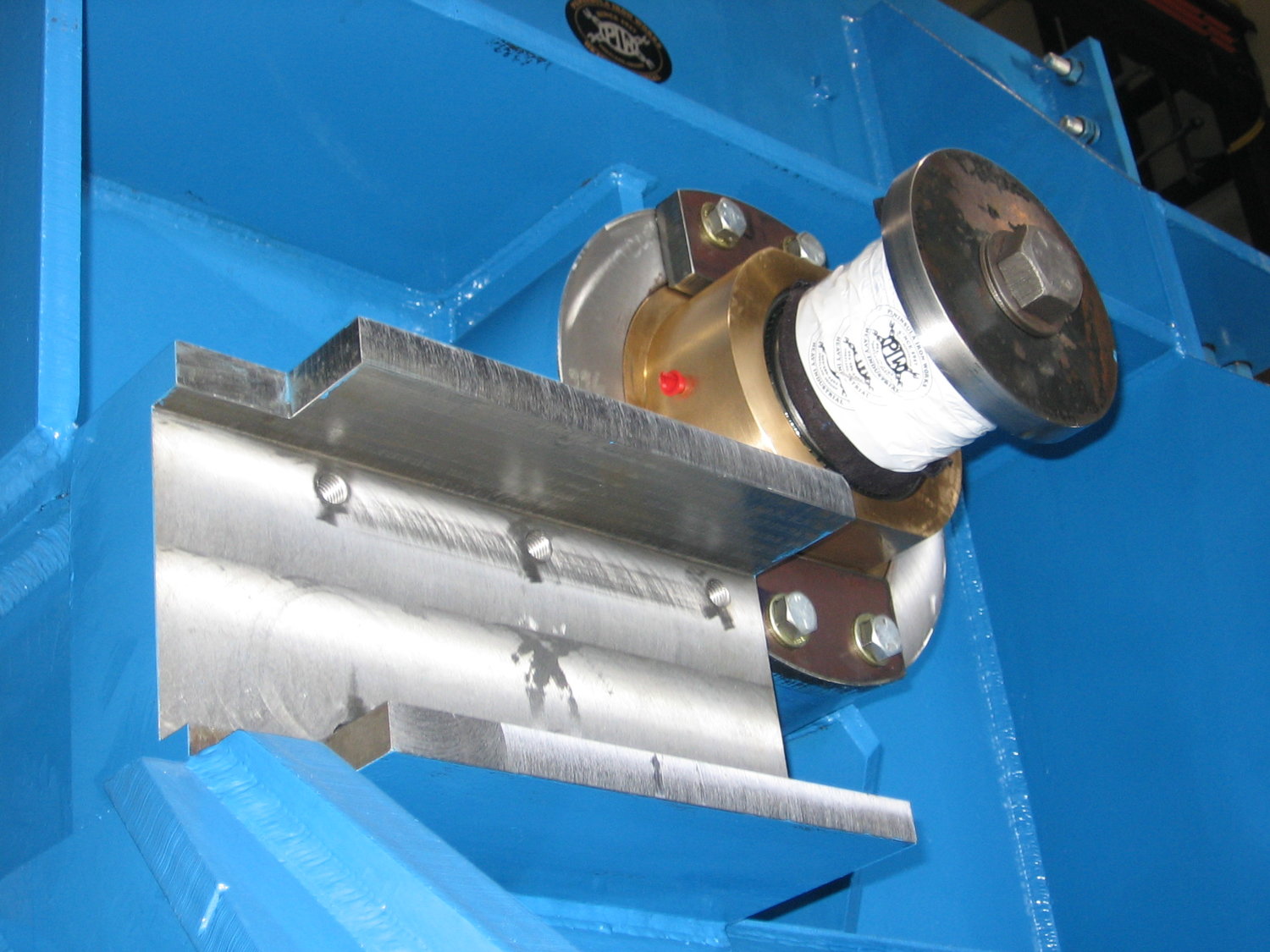Sign up for daily news updates from CleanTechnica on email. Or follow us on Google News!
File this one under C for Carbon Sequestration Makes Strange Bedfellows. The politically red state of Utah is about to host a new method for dealing with the toxic blue-green algae blooms that are bedeviling recreational lakes and other water systems across the country. In an interesting twist, the project will also demonstrate how algae remediation can also serve as an effective carbon sequestration tool.
Climate Change & Blue-Green Algae Blooms
Speaking of interesting, Utah is an interesting spot to test a new carbon sequestration strategy. Some Republican lawmakers in the state are promoting renewable energy, including a new green hydrogen project. Others, though, have joined a multi-state effort to support fossil energy industries and obstruct ESG (environmental, social, governance) business principles that emphasize long term sustainability.
Perhaps the anti-ESG faction should pay more attention to the dark clouds threatening businesses in their own home state. Specifically, climate change is threatening the state’s all-important recreation industry.
Climate change has amplified the factors that contribute to toxic algae blooms in lakes and reservoirs around the world. Here in the US, the Environmental Protection Agency cites an increase in drought conditions leading to a change in salinity.
“In the southwestern and south central United States, toxic marine algae have been killing fish in freshwater lakes since 2000,” EPA notes. The agency also cites other climate-related factors including warmer water, higher levels of carbon dioxide, and more extreme storms that can exacerbate nutrient runoff.
Utah is a case in point. The state has been struggling under an increase in algae blooms at its recreational lakes. To get a handle on the problem, Utah has embarked on a first-of-its-kind monitoring and assessment program at Great Salt Lake and Utah Lake, in partnership with the US Geological Survey.
“Harmful algal blooms have been in the news a lot lately, from the massive scums lining the Florida coast to the blue-green mats that covered Utah Lake and forced its closure,” the Utah Division of Water Quality noted in an update posted last July. “Predicting when these blooms will occur is one of the greatest challenges we face.”
“Our experiences this summer with algal blooms across the state underscore the need to find and apply new data-collection methods for cyanobacteria,” DWQ added, referring to the scientific name for blue-green algae.
The Business Of Killing Algae: Carbon Offset Opportunities
Algae blooms are typically killed off with chemical herbicides, which can do more harm than good. “For over a century, copper-based algaecides have been a popular way to control and eradicate all kinds of algae,” the US Environmental Protection Agency noted last fall. “However, the copper can harm fish and other aquatic species. These algaecides can also cause the cyanobacteria algae cells to burst, creating even higher levels of cyanotoxins in the surrounding water.”
Even a relatively milder formula can perpetuate bloom cycles, as cyanobacteria decay and release more nutrients into the water.
The firm BlueGreen Water Technologies is among those exploring alternative strategies. The company has developed a remediation formula that kills cyanobacteria and traps them in sediment. As cyanobacteria is known to be a voracious consumer of carbon, the remediation process also locks carbon away.
The carbon sequestration angle provides the owner or manager of the water body with an opportunity to make a claim on carbon offsets. That can be a two-edged sword, as polluters can leverage sequestration projects to simply continue polluting instead of actually trying to fix things. However, in the case of algae blooms remediation still has to happen one way or the other.
The sticky wicket is how to quantify the amount of carbon that can be sequestered by cyanobacteria, in order to make a verifiable offset claim. BlueGreen Water has come up with a quantification methodology called Net Blue™. The methodology was certified last March by the Social Carbon Foundation, which manages the international, nature-focused “SocialCarbon” greenhouse gas standard.
“Net Blue™ taps into the approximately 115 gigatons of potential offsets in water bodies worldwide, with the aim of redefining the targets in the fight against climate change from net zero to net negative, to stop and even reverse the effects of global warming,” notes BlueGreen CEO Eyal Harel.
Cleanup on Aisle Mantua
BlueGreen Water is introducing Net Blue on a test basis at Mantua Reservoir, a body of water in the vicinity of Great Salt Lake. Located at the eastern tip of Brigham City in the town of Mantua, it is owned by the Brigham City Corporation.
The reservoir doubles as a popular recreation site for boating, fishing, and other watersports. However, as BlueGreen notes, the lake has “suffered outbreaks of harmful algae every year since 2017.”
The troubles at Mantua Reservoir actually go back much farther. In March of 2000, the Utah Department of Environmental Quality noted that the lake was already compromised.
“Mantua Reservoir is highly productive (i.e., has a large amount of nutrients such as nitrogen and phosphorus), creating problems that include dense beds of aquatic plants, algal blooms, low dissolved oxygen (DO), and high pH. The high productivity is primarily due to the lake’s shallowness and excess loading of nutrients from the watershed,” DEQ observed.
Clearly things have come to a head. DEQ currently maintains a big, bold warning on its Mantua Lake page, advising “WARNING ADVISORY Harmful Algae Present:”
Do not swim or water ski
Avoid areas of algae when boating
Keep animals away
Do not drink the water
Clean fish well and discard guts
“BE CAREFUL: A harmful algal bloom is present at Mantua Reservoir. Algae in the water is producing dangerous toxins that can make humans and animals sick,” DEQ adds, in case you missed the memo.
In a press statement emailed to CleanTechnica by BlueGreen Water, a Brigham City official also noted that the municipality has “spent countless staff hours testing and monitoring algal blooms over the last several years. These algal blooms have greatly affected recreational opportunities and limited our use of the reservoir.”
Programmed Cell Death To The Rescue
BlueGreen’s “Lake Guard” algae bloom treatment is based on hydrogen peroxide. The company states that it has leveraged wind direction and floatability to minimize the quantity of hydrogen peroxide needed, with maximal effect on cyanobacteria.
“The main innovation is the floating of the H2O2 [hydrogen peroxide] releasing agent at the water surface where the cyanobacteria scums float, and its wind driven migration with the floating cyanobacteria colonies,” BlueGreen explains.
“The time-release mechanism of the technology constricts the H2O2 concentration in the water to safe levels for aquatic organisms, but at the same time is critical for exerting prolonged, low-grade oxidative stress on cyanobacterial cells to induce the biological Programmed Cell Death (“PCD”) signal within the cyanobacterial population, leading to the collapse of a very large fraction of the population, normally over 95%,” they add.
BlueGreen also shared some additional details by email. “The treatment does not add to the sediment,” they explained. “Lake Guard® Oxy breaks down into hydrogen and water molecules, so it literally dissolves and leaves no visible cumulative trace either on the water or in the sediment.”
As for the decomposing biomass, that would occur over time regardless of treatment. On the plus side, the BlueGreen treatment prevents the cells from falling apart as they die. “Thus, the carbon within them is also taken to the sediment with it. Thanks to relatively quick decomposition, very little organic residue is left behind,” the company explained.
What’s Next For Utah & The Energy Transition
The remediation project is set to begin next week on September 25, with final treatment to be conducted by October 30. The company expects to issue a final report by November 8.
Cyanobacteria has been nailed as the villain of aquatic health, but it has also attracted attention for its potential to contribute to the clean bioeconomy of the future. Serving as a feedstock for biodegradable plastics and biofuel are two examples. Other examples include solar energy applications, too (see more CleanTechnica coverage here).
Similarly, several public officials in Utah have earned their state a reputation for putting the brakes on ESG investing. Nevertheless, Utah has the makings of a climate action leader, and the Mantua Reservoir project could help it cement the pole position.
In addition to Utah’s considerable wind and solar power assets, the state’s geothermal industry is also coming in hot, so stay tuned for more on that.
Follow me tinamcasey on Bluesky, Threads, Post, LinkedIn, and Spoutible.
Photo: Toxic algae bloom at Mantua Reservoir in Utah courtesy of BlueGreen Water via email (credit: Alvaro Aguayo, AAPROPHOTO).
Have a tip for CleanTechnica? Want to advertise? Want to suggest a guest for our CleanTech Talk podcast? Contact us here.
EV Obsession Daily!
I don’t like paywalls. You don’t like paywalls. Who likes paywalls? Here at CleanTechnica, we implemented a limited paywall for a while, but it always felt wrong — and it was always tough to decide what we should put behind there. In theory, your most exclusive and best content goes behind a paywall. But then fewer people read it!! So, we’ve decided to completely nix paywalls here at CleanTechnica. But…
Thank you!
Tesla Sales in 2023, 2024, and 2030
CleanTechnica uses affiliate links. See our policy here.




